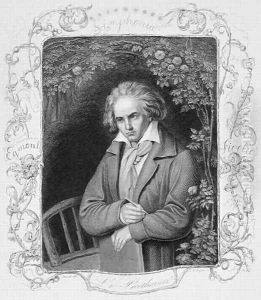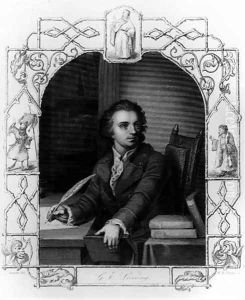Storck Paintings
Karl Storck, also known as Carol Storck, was a renowned Romanian sculptor who played a significant role in the development of the country's artistic landscape during the 19th century. Born on March 30, 1826, in Bucharest, Storck hailed from a family of German origin that was deeply involved in the arts. His father, Theodor Storck, was a sculptor, and his brother, Friedrich Storck, was a painter, ensuring that Karl was immersed in an artistic environment from an early age.
Karl Storck studied at the Saint Sava National College in Bucharest and later pursued further education in sculpture in Vienna at the Academy of Fine Arts, under the tutelage of renowned sculptors such as Johann Nepomuk Schaller and Josef Klieber. His education continued in Rome, which was a major center for artistic training and inspiration during that era. The classical influences he absorbed in Italy would become evident in his later works.
Storck's career began to flourish upon his return to Romania, where he became an influential figure in the Romanian art scene. He was appointed as a professor at the National School of Fine Arts in Bucharest, and his impact as an educator was profound; he mentored many young artists who would go on to shape Romanian art in their own right. Storck's contributions to Romanian sculpture were marked by a blend of classical styles with emerging Romantic trends. His works often reflected the themes of national identity and history, which resonated with the cultural aspirations of Romania during the period of its national revival.
Among Storck's most notable works are public monuments and busts of important Romanian historical figures, including the statue of Michael the Brave in University Square, Bucharest, and the bust of Alexandru Ioan Cuza. His artistic legacy is also preserved in the Storck Museum in Bucharest, once the family home, which now houses many of his sculptures, along with artworks by his brother Friedrich and other members of the Storck family.
Karl Storck passed away on May 30, 1911, in Bucharest. His death marked the end of an era for Romanian sculpture, but his influence continued through the generations of artists he trained and the patriotic spirit he instilled in his works. Today, he is remembered as a pioneer of modern Romanian sculpture and a key figure in the country's cultural history.

